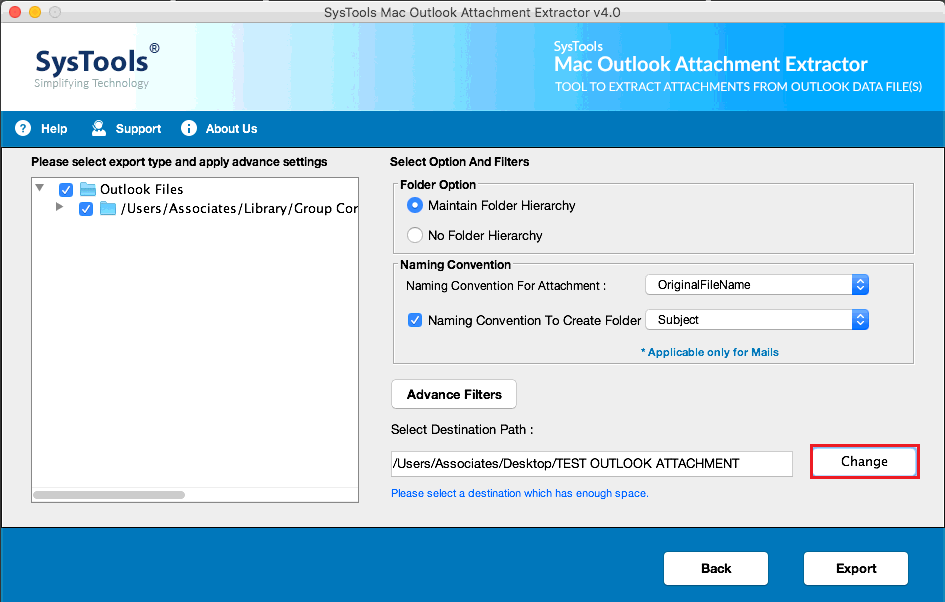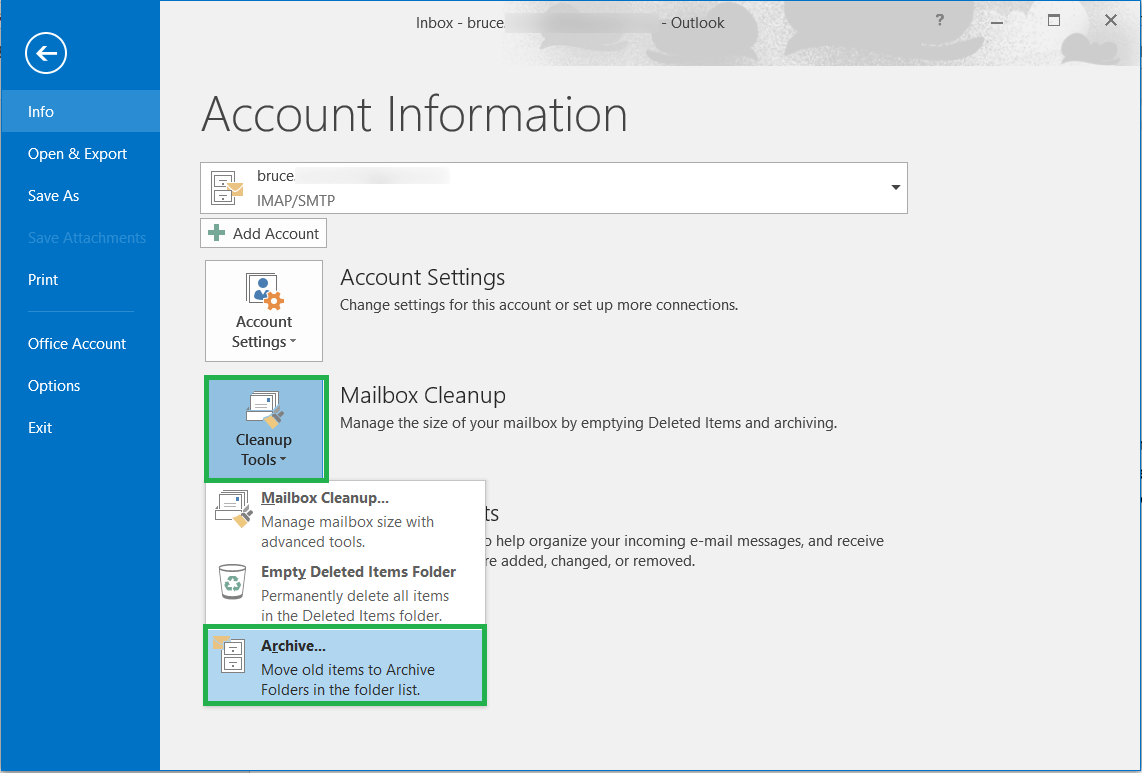
Exchange allows for what we call “deep hierarchy” notifications, these will notify the client if something changes within a given folder subtree. Technical Breakdownįor the more technical readers out there, I’ll indulge you with some additional detail. Was this something fundamental to the design of Outlook and Exchange? Or was there was something we could do about it? Skipping forward to the obvious: we were able to find a way to fix this that avoids the years of work we believed this to take previously.

This prompted us to take a hard look at the feasibility of addressing this. Last fall, several customers each escalated this issue to us again, all at once. Unfortunately, when we looked at this we would find that it was a multi-year engineering effort to complete the changes necessary to rearchitect Outlook to avoid this. Over the years, many customers have asked us to address this limitation, and understandably so given the impact.

If the executive has many folders, synchronization becomes unreliable for the person they rely on most. This has been especially painful for those in roles supporting executives.
#How to set up folders in outlook 365 windows#
The limit of 500 shared folders has been a longstanding product limitation in Outlook for Windows since the dawn of cached mode (2003!) For those with access to mailboxes containing more than 500 folders, sync would “randomly” fail resulting in an inconsistent sync for both the customer’s own mailbox, as well as the other mailboxes they had access to. Hi – I’m Jon LeCroy from the Outlook team, and today I have a story to tell you about the most requested and most rejected (sorry) feature in the history of Outlook.


 0 kommentar(er)
0 kommentar(er)
